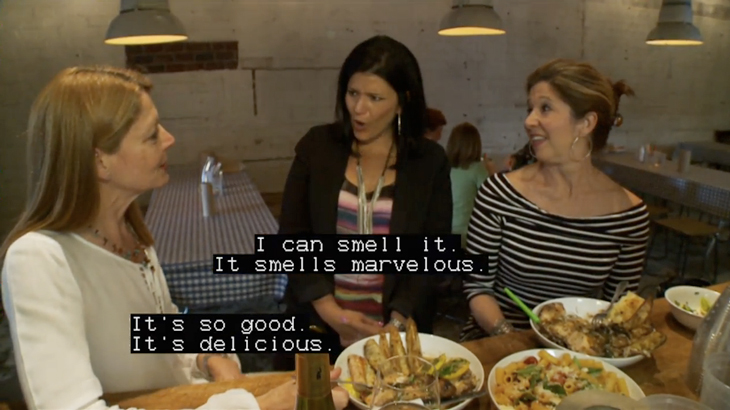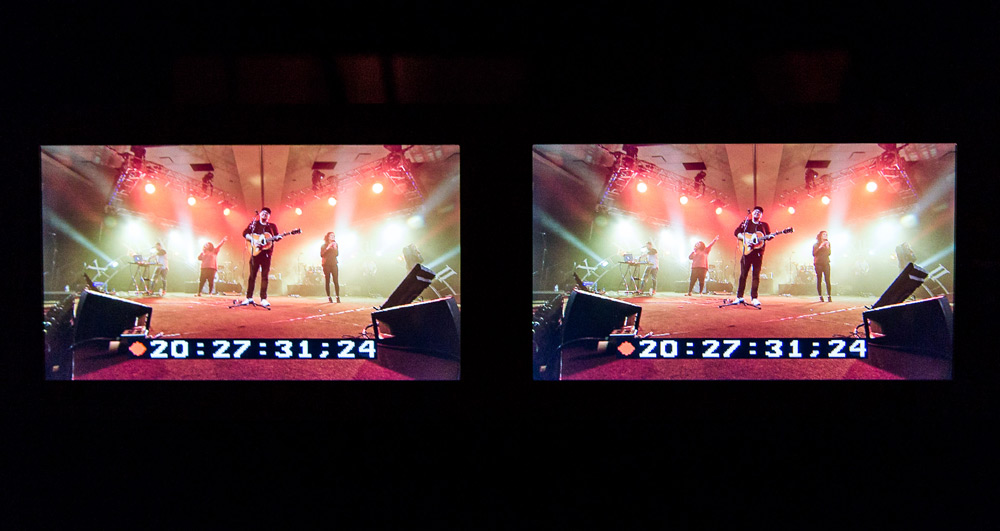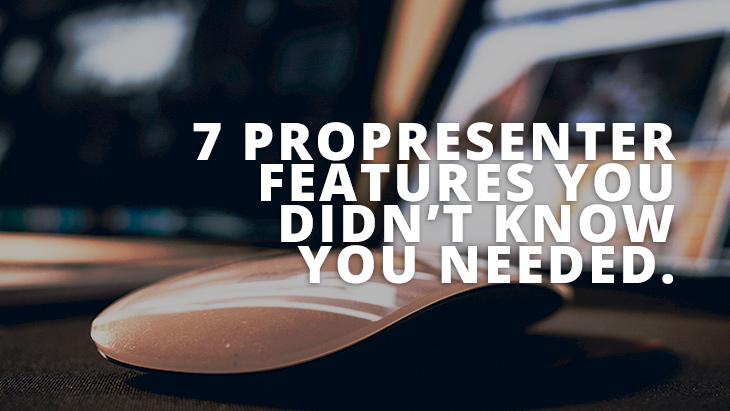Closed Captioning, Transcription, Translation and Subtitling – Four Ways to Make Your Video Accessible to a Wider Audience
Everyone should see your video. That’s the goal, right?
You’ve put your intellectual capital, energy, money, and, heart and soul into the video you’ve made. As you get ready to launch your new content, ask yourself if there are any target audiences that you may have forgotten about.
You many not realize it, but if your video isn’t closed captioned, you’re potentially losing 28 million views – that’s how many deaf people reside in the United States. That number rises drastically when you add in the volume of people that aren’t fully deaf but have some form of hearing impairment. Then there are the Americans where English is a second language; sometimes their comprehension improves when they can read and listen simultaneously.
There are four services that can help you reach these key audiences. Closed captioning, transcription, translation and subtitling help make all media accessible.
This goes to the real reason you created a video – you want it to be seen by everyone within your target audience..
Benefits of Media Accessibility
The team at Media Images knows a lot about media accessibility because our sister company, CaptionLabs, is a full service captioning, subtitling, translation, and transcription business. CaptionLabs was formed in 2005 with the goal of improving access to media. The company works with broadcast stations, government institutions, churches, universities, and businesses around the world.
Here are five key reasons why you should use these services to make your video more accessible:
- To reach a wider social media audience. These days, it’s particularly important to caption your video if it’s to be featured on social media. For example, most people scroll Facebook with their phones turned off. With closed captioning, you’ll still be able to get your message across.
- To share your video with a diverse crowd. Increasingly, the U.S. is a melting pot; by 2050 more than 133 million Americans will speak Spanish as their first language. Providing translation of multiple languages within your video will help reach this fast growing market segment.
- In some cases, it’s the law. With a few exceptions, anti-discrimination laws require captioning of video content shown on broadcast television. To go along with that, most interpret Section 508 of the Rehabilitation Act to require universities to caption any videos they produce. These are just two examples of laws that could potentially affect your decision whether to caption your video content.
- To improve your SEO. Closed captioning or subtitling improves your search engine optimization in two ways. First, captions and subtitles allow a search engine crawler to “see” your content. Second, there is typically less competition in search engines for non-English queries. Optimizing your video with Spanish-language captions, will not only reach a broader audience, it will help ensure that more people see your content.
- Increased content comprehension and retention. Providing the option for a downloadable transcription of the video will help with learning comprehension and retention of your content. Too, closed captioning will help your video be understood in a high noise environment such as a gym or bar.
In 2017 74% of all online content will be video. But don’t make the mistake of finishing your video without considering some of these important techniques for broadening the reach of your content.
Visit CaptionLabs.com to learn more about the world of accessible media!





